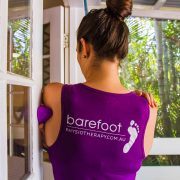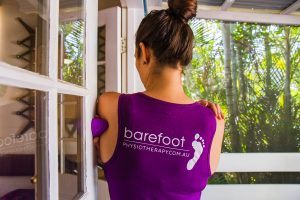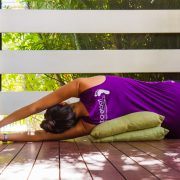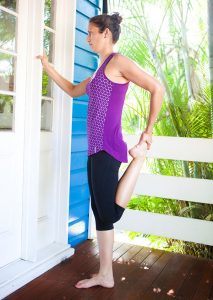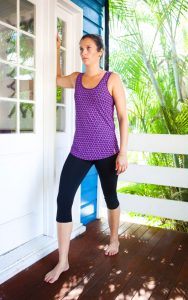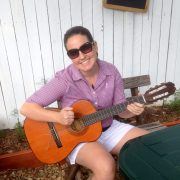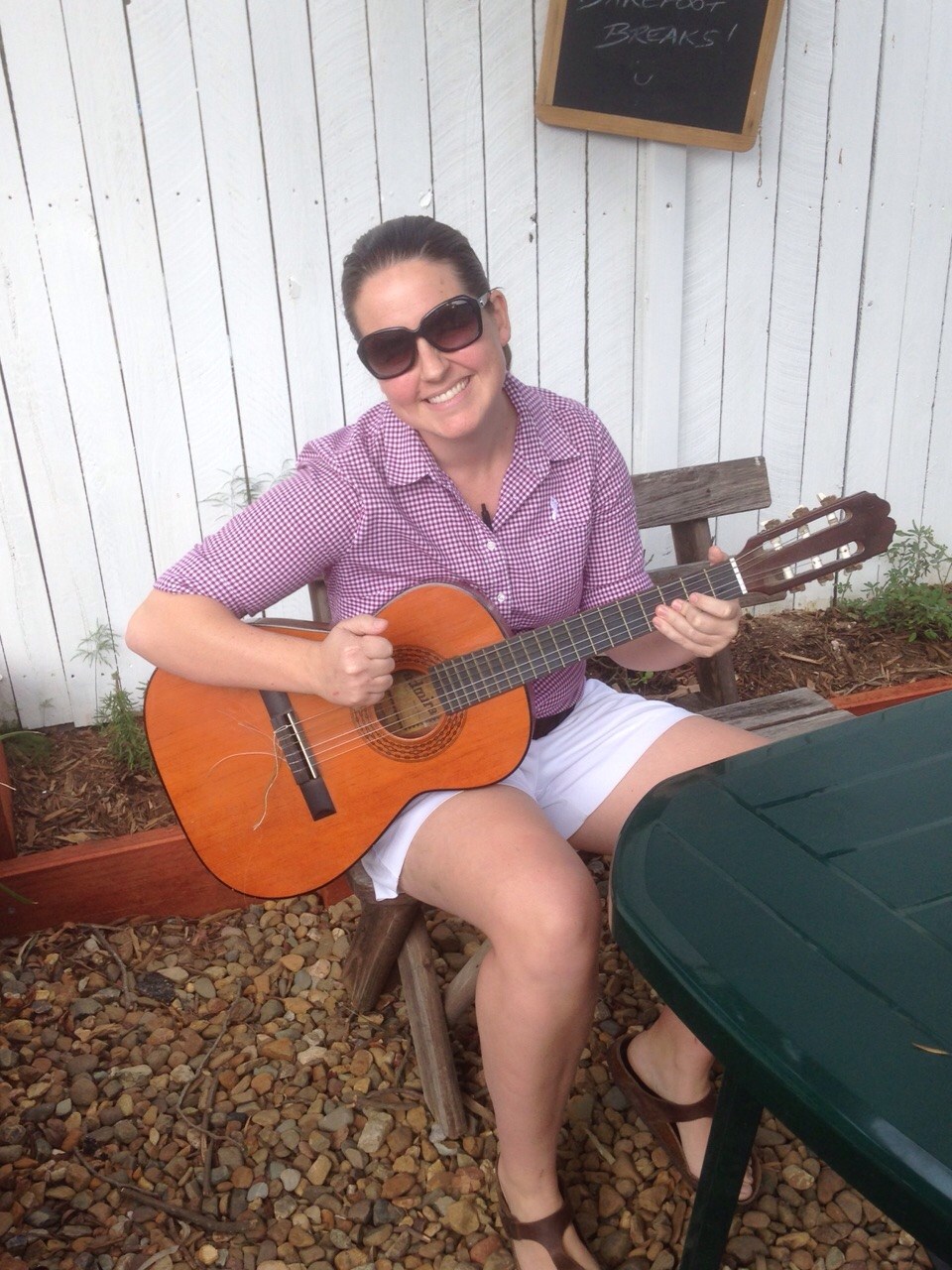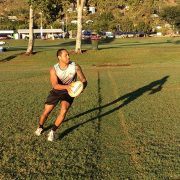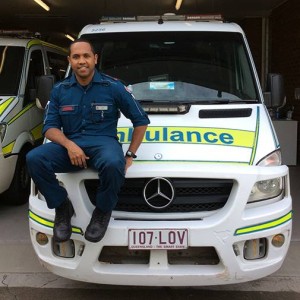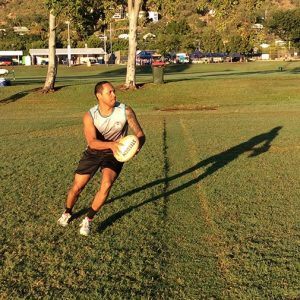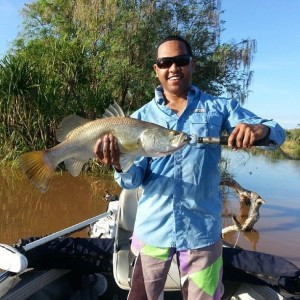How to keep your Dentist and Physio happy!
I have been brushing my teeth morning and night since I was a child. The purpose of this was to make sure that when I saw the dentist for my check-up he would tell me my teeth are good and I don’t need any fillings. I am proud to say that 30 years later I am still filling-free!
So, then I thought – I need to do my muscle releases everyday (and maybe twice a day) to ensure that when I see my Physio for a tune-up they will tell me that my body is testing well and I don’t need any extra work. And since I have been doing my muscle releases everyday, this has been the case! (And the time in between my ‘tune-ups’ has been spaced out every session).
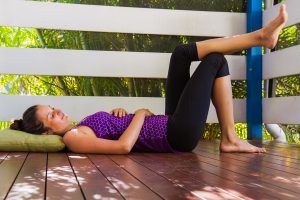
So I wanted to share with you some ways that I have been able to fit my muscle releases into my everyday life…
- Watching tv (that’s right – roll around on the ball/roller on the ground in the lounge room)
- Whilst on the phone (put the ball against the wall and roll my shoulders whilst talking)
- Waiting for the kettle to boil (easy 2 mins right there!)
- Waiting for the toast to cook or microwave to heat lunch (easy 2-5min right there as well!)
- Sitting at the movies/on the bus/ in the car (as a passenger) – placing the ball under my foot or under my thigh to release my hamstrings
- In my lunchbreak
- Talking to my housemates at home
- Wake up 10mins earlier than normal/go to bed 10min later than normal
- At the airport terminal waiting for a plane (& on the plane!)
- Before my PT or Gym session (get there 10min early – do releases!)
- Getting a massage (is this cheating? Definitely not!)
Of course this means I carry my releasing ball with me in my handbag everywhere I go and I absolutely freak out if it’s not in there (as one may do if they forget their tooth brush on a holiday). Lucky toothbrushes are easy to buy from the shop though. If you would like to chat to anyone about what muscle releases would be best for you, book in to see one of Brisbane’s best Physio’s at Barefoot Physiotherapy.

